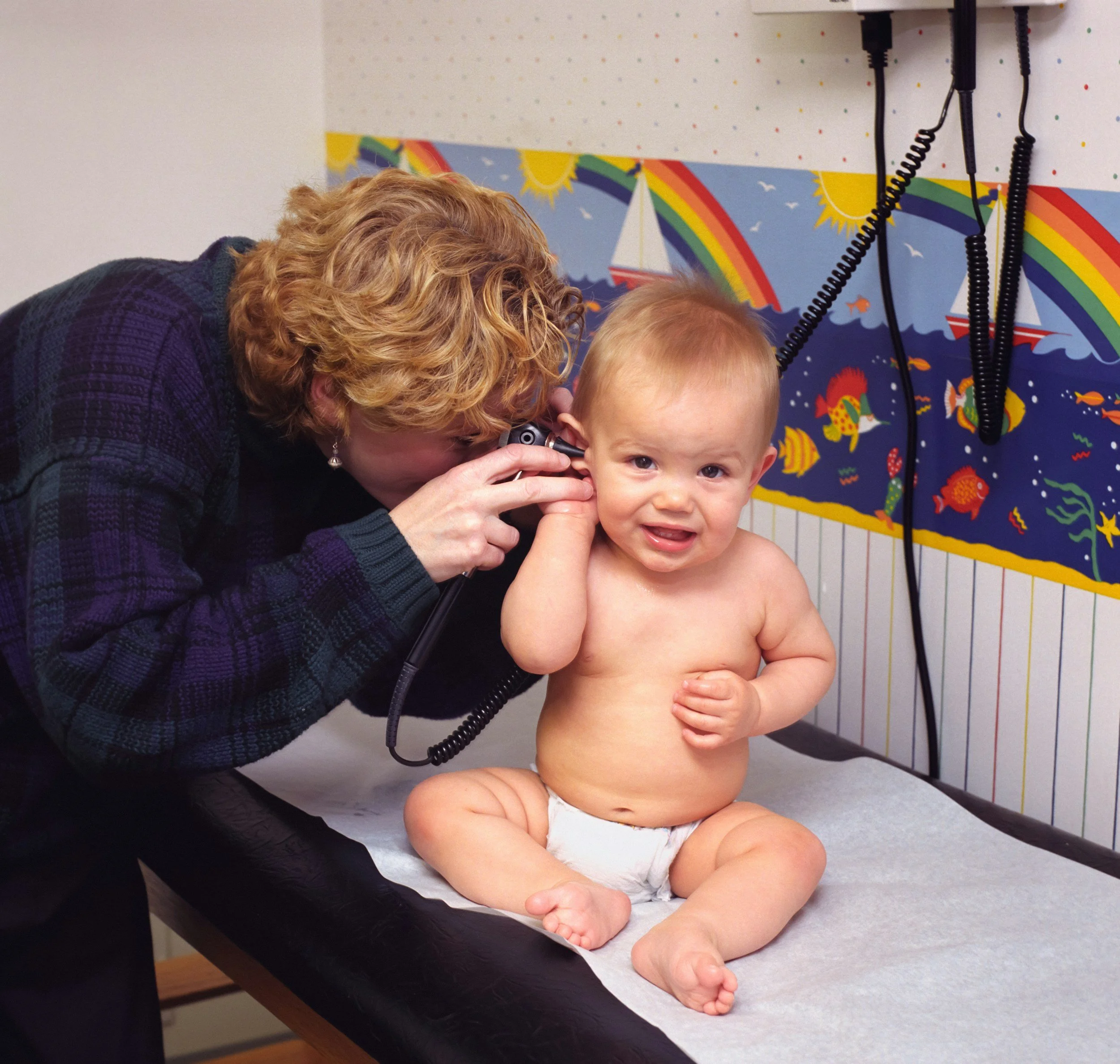
Lost for Words: The Hidden Cost of Oversimplifying Language for Deaf and Hard-of-Hearing Kids
Language deprivation is a hidden challenge many Deaf and hard-of-hearing children face, and it’s not just about delayed speech. Oversimplifying language, often called linguistic overprotection, can actually limit their vocabulary growth and keep them from reaching their full potential. In this post, we unpack why quality, rich language matters, how “tired words” aren’t enough, and share a simple yet powerful strategy called vocabulary sandwiching to help your child’s language skills thrive.

Less ‘Say It!’ More ‘Play It!’: From Pressure to Patience
If you want to help your child talk more without making it feel like a test, this blog is for you. Asking too many questions or telling your child to “say” things can actually create pressure and slow down language learning. Instead, try using comments, modeling language, and most importantly, giving your child plenty of wait time to respond. With patience and playful language, you can turn everyday moments into relaxed, fun conversations that encourage your little one to find their own voice.

Talk the Talk: Simple Language Strategies Every Parent Can Use to Boost Their Child’s Communication
Want to help your child talk more without turning into a walking flashcard? In this fun and practical blog post, we’re diving into easy, everyday language strategies you can use with any child, whether they’re just starting to babble or working on growing their words.
If you're a parent of a little one, especially one with a speech or language delay, this is a must-read. Come see how a few small tweaks can make a huge difference in how your child understands and uses language.

Breaking Down Kid Talk: Is It Speech or Language?
Speech and language aren’t the same thing, but they’re both key to your child’s communication. This post breaks down the difference between speech (how we make sounds) and language (how we understand and use words) in a simple, fun way. Plus, test your knowledge with a quick quiz and get clear examples to help you spot what’s what. Perfect for parents who want to support their little talkers with confidence and a smile

Less Screen Time, More Green Time: Building Language Through Connection Outdoors
Looking for an easy and screen-free way to boost your child’s language development? Step outside. Whether you're at the park, in the backyard, or exploring a muddy trail, the outdoors is full of opportunities to build vocabulary, spark curiosity, and connect on a deeper level. This blog explores how outdoor play supports communication through real-world experiences, sensory-rich language, emotional regulation, and human connection. No flashcards or worksheets required, just fresh air, conversation, and maybe a few worms.

Who, What, Where… and Why Is This So Complicated? Unpacking “wh” questions!
Ever wondered why your toddler asks “why?” 300 times a day, or why they stare at you blankly when you ask “where’s your shoe?”? This blog post breaks down the wonderfully wild world of “wh” questions (who, what, where, when, why, how, and which), why they matter for your child’s development, and how to support kids, especially those with language delays, in understanding and answering them. Spoiler: not all “wh” questions are created equal, and yes, “why” really is the hardest one.

ABC, 123, It’s Okay to Let It Be
When I ask parents about their little one's development, the most common concern I get in response is: They don't know their...

Why You Shouldn't "Wait and See": The Critical Role of Early Intervention
When it comes to little ones who just aren't quite meeting their language, speech, or early communication milestones, we are constantly hearing from doctors and other medical professionals, "it's okay, just wait and see". Oh no…

The Terrifying Truth About Language Deprivation (& Why Our Deaf/HoH Children Are at Risk!)
More than 90% of deaf/hard-of-hearing (D/HH) children are born to hearing parents (NIDCD, 2021). That means that less than 10% of D/HH children get immediate, reliable language input via sign language from a D/deaf parent (and that's assuming all the D/deaf parents are signers)…
